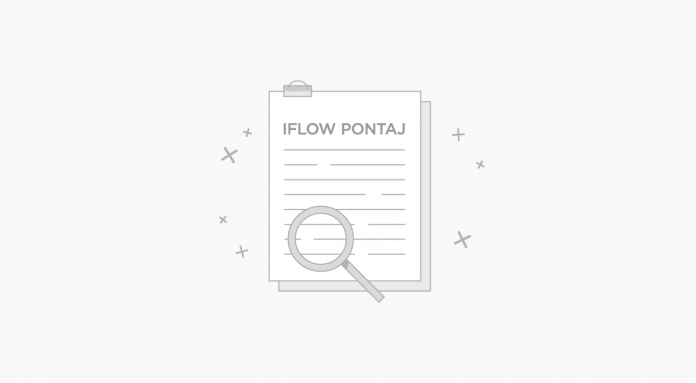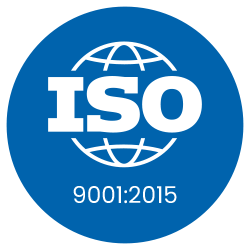In an increasingly digital work environment, workplace monitoring has become a common practice. From surveillance cameras and online activity tracking to timekeeping systems and access control, companies utilize various tools to enhance the management of their team’s presence and productivity. However, the balance between the need for control and the respect for employees’ privacy is often delicate.
This is precisely why any form of surveillance must comply not only with legal requirements but also with common sense boundaries.
What is allowed and what crosses the line
Monitoring is permitted under specific conditions, but there are clear boundaries that must not be exceeded.
For example, it is acceptable to install video cameras in common areas (such as hallways or reception zones) if there is a solid justification and employees have been informed in advance. It is also acceptable to analyze how company equipment, such as laptops or email accounts, is being used as long as the employment contract or internal policies include explicit provisions regarding this.
However, it is not permitted to:
- install video cameras in restrooms, locker rooms, or other private spaces
- access an employee’s email, even if they’re using a company laptop
- implement “hidden” monitoring systems without the employee’s knowledge
In short, surveillance must not be invasive, and employees must clearly understand that they are being monitored and the reasons behind it.
How to respect employees’ right to privacy
Respect for employees’ privacy isn’t just a legal matter—it’s also part of organizational culture. An employee who knows they are being monitored transparently, for clear and reasonable purposes, is more likely to trust the employer and experience less stress.
What you can do as an employer:
- introduce clear rules for monitoring your internal regulations
- provide employees with understandable information—not just complicated legal texts
- allow them to express their views or raise any concerns
- ensure that the measures you take are proportional to the objective (for example, you don’t need cameras in offices to track performance)
A frequently overlooked aspect is data protection: if you’re collecting information, you must ensure it’s stored securely and not used for unrelated purposes.

Useful tips for companies
- Consult a data protection specialist before implementing any monitoring. Avoid legal pitfalls
- Inform employees in writing and verbally about what kind of data is collected and why
- Be transparent and balanced. Ask yourself: if you were your employee, how would you perceive the monitoring?
- Periodically review your measures—what was acceptable 5 years ago may now be considered abusive
- Don’t turn monitoring into an absolute control tool. Excessive surveillance reduces motivation and trust
Monitoring employees is allowed—but not at any cost. Striking a balance between company efficiency and privacy is essential. With clear rules, open communication, and respect for people, any company can build a legal, efficient, and ethical monitoring system.
How HR iFlow helps you stay compliant
For companies seeking to monitor employee activity legally and transparently, the HR iFlow app is a reliable ally. With the help of the digital timekeeping system, you can track attendance, project hours, leave, overtime, or time off—without invading employees’ privacy.
HR iFlow records only the essential data needed for human resource management, and all information is accessible and transparent. The platform offers customizable settings, allowing each company to define clear boundaries based on its internal policies.
Through digitalization, transparency, and balanced control, HR iFlow helps create a professional work environment where efficiency does not come at the expense of trust.
Want to see how HR iFlow works in practice? Try it for free or schedule a DEMO session with one of our experts.






